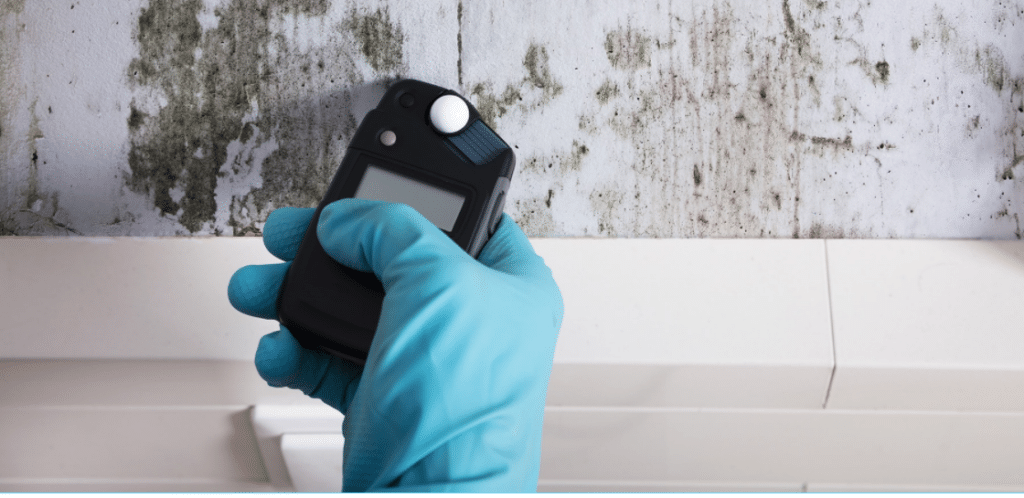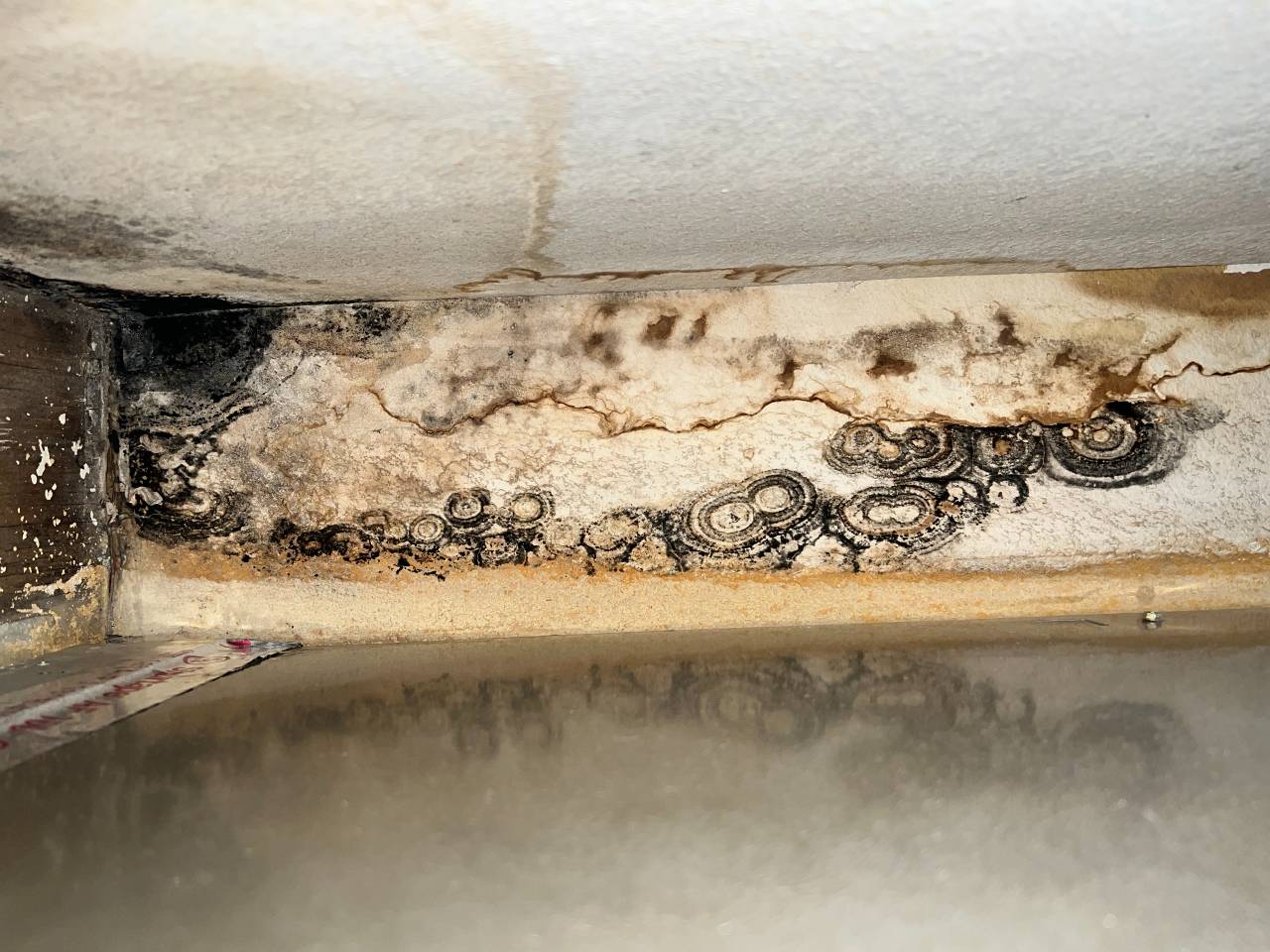Comprehensive Post Mold Remediation Procedures
Comprehensive Post Mold Remediation Procedures
Blog Article
Your Ultimate Overview to Article Mold And Mildew Remediation Techniques
Navigating the world of post-mold remediation strategies is a careful process that demands interest to detail and a thorough understanding of the ins and outs entailed. In the aftermath of mold invasion, understanding exactly how to successfully remove the mold and mildew and stop its reoccurrence is paramount for keeping a healthy indoor environment. From choosing the ideal cleansing and decontaminating methods to carrying out strategies for long-lasting mold avoidance, each step in the removal trip plays a critical function in making certain a successful end result. As we get started on this expedition of post-mold removal techniques, we will reveal the crucial strategies and ideal techniques that can help you restore your room to its pre-mold problem and safeguard it versus future mold and mildew risks.
Recognizing Post-Mold Removal Process
After finishing the mold and mildew removal process, it is critical to recognize the post-mold removal methods that are required to make certain a reliable and extensive cleanup. When the mold and mildew has actually been eliminated, the next step includes cleaning and disinfecting the influenced areas to stop any type of regrowth of mold. This consists of making use of specialized cleaning agents to clean down surfaces and kill any remaining mold and mildew spores. It is essential to dry the area completely to dissuade the growth of mold in the future (Post Remediation verification). Proper ventilation and dehumidification can help in this process.
Additionally, conducting a last inspection post-remediation is crucial to ensure that all mold has been efficiently removed. This assessment needs to involve a thorough visual check in addition to possibly air tasting to confirm the lack of mold and mildew spores in the air. If the examination discloses any type of lingering mold and mildew, added remediation might be necessary. Educating passengers on preventive measures such as managing moisture degrees and without delay dealing with any type of water leaks can aid keep a mold-free setting.
Reliable Cleansing and Decontaminating Methods

Avoiding Future Mold Growth

Significance of Correct Ventilation
Correct air flow plays an essential function in stopping wetness accumulation, a key consider mold and mildew development within indoor atmospheres. Efficient air flow systems help remove excess moisture from the air, decreasing the opportunities of mold spores finding the moisture they require to sprout and spread out. Without sufficient ventilation, interior areas can come to be a breeding place for mold, leading to prospective health and wellness risks and structural damages.
By ensuring correct air flow, air flow systems can also aid in drying out wet areas faster after water damage or flooding cases, even more hindering mold growth. Post Remediation verification. In rooms like bathrooms, basements, cooking areas, and attics where moisture degrees tend to be higher, setting up and maintaining effective air flow systems is critical in avoiding mold invasions

Surveillance and Upkeep Tips
Given the crucial function that appropriate air flow plays in preventing mold growth, it is crucial to establish effective tracking and upkeep tips to make sure the ongoing functionality of air flow systems. Regular inspections of air flow systems need to be conducted to look for any type of signs of obstructions, leakages, or breakdowns that could impede correct air flow. Monitoring humidity levels within the residential or commercial property is additionally crucial, as high moisture can contribute to mold development. Mounting a hygrometer can help track humidity levels and sharp house owners to any type of spikes that may need focus. Furthermore, making certain that air filters are regularly cleansed or changed is essential for keeping the performance of the ventilation system. Carrying out a routine for routine maintenance jobs, such as air duct cleaning and a/c system examinations, can help stop issues before they rise. By remaining proactive and conscientious to the condition of ventilation systems, residential or commercial property proprietors can efficiently reduce the threat of mold and mildew regrowth and preserve a healthy indoor atmosphere.
Final Thought
To conclude, post-mold removal strategies are important for ensuring a tidy and risk-free environment. Understanding the procedure, implementing effective cleaning and disinfecting techniques, preventing future mold and mildew growth, maintaining proper air flow, and normal surveillance are all crucial action in the remediation procedure. By adhering to these standards, you can successfully remove mold and mildew and stop its return, working or advertising a healthy living area for mold removal in home all occupants.
In the consequences of mold and mildew infestation, knowing how to properly eradicate the mold and avoid its reoccurrence is extremely important for keeping a healthy indoor atmosphere. When the mold and mildew has actually been eliminated, the following step involves cleansing and disinfecting the influenced areas to prevent any regrowth of mold - what to do after mold remediation. After eliminating visible mold development, it is vital to cleanse all surface areas in the afflicted area to get rid of any type of remaining mold spores. To additionally enhance mold and mildew prevention actions, it is necessary to resolve More about the author underlying issues that at first led to mold development.Provided the essential role that appropriate ventilation plays in stopping mold and mildew growth, it is vital to develop efficient tracking and maintenance tips to ensure the ongoing capability of ventilation systems
Report this page